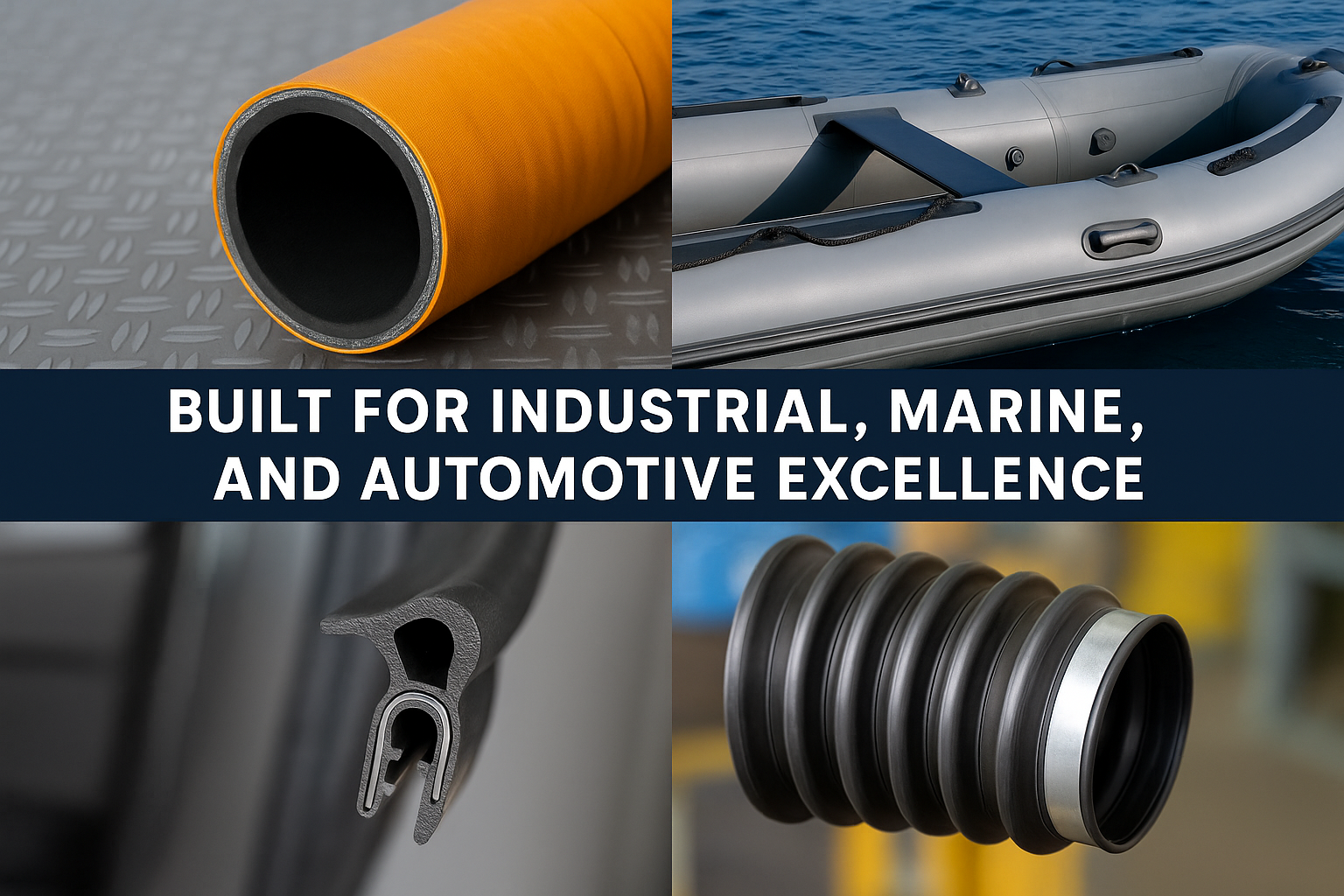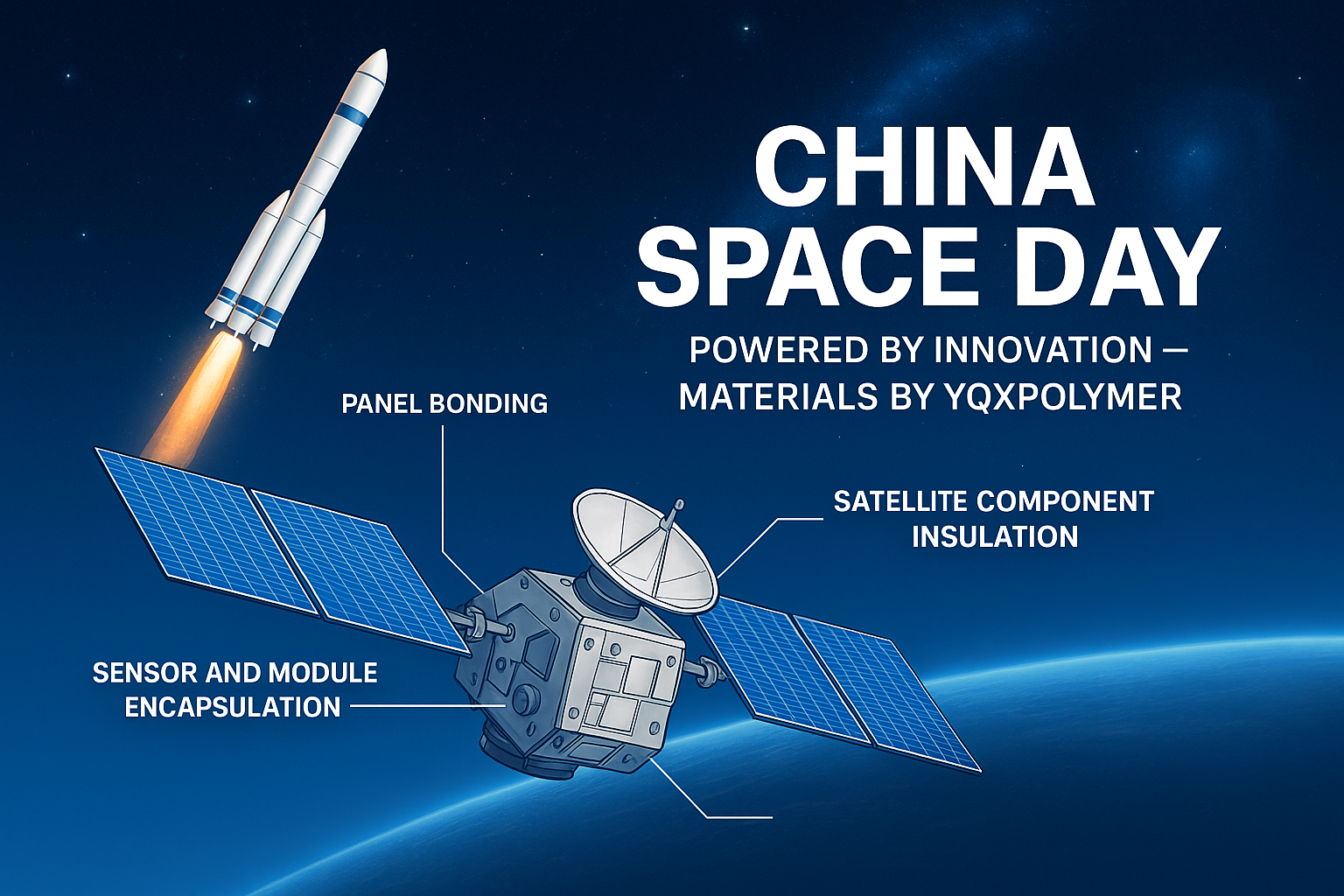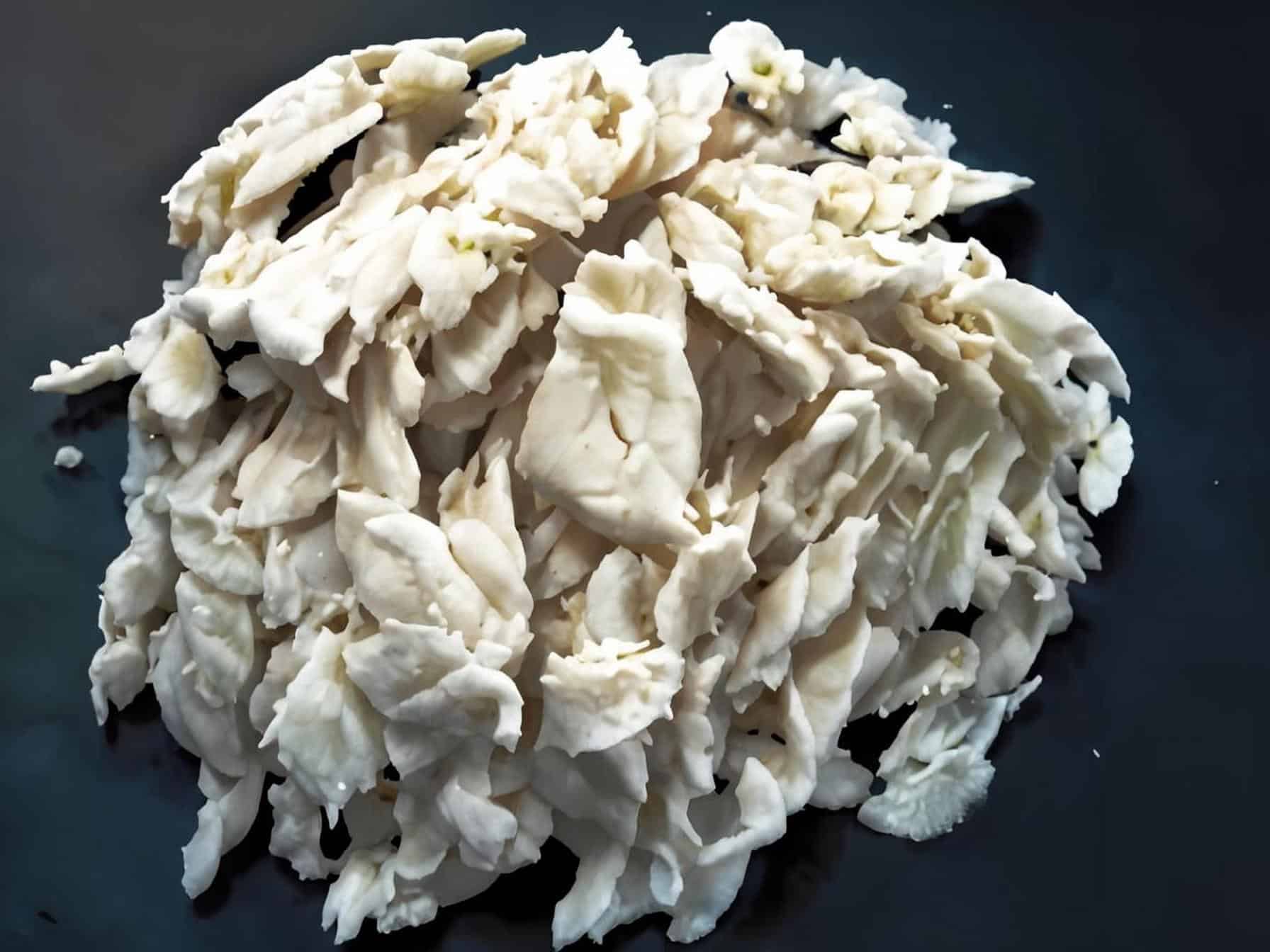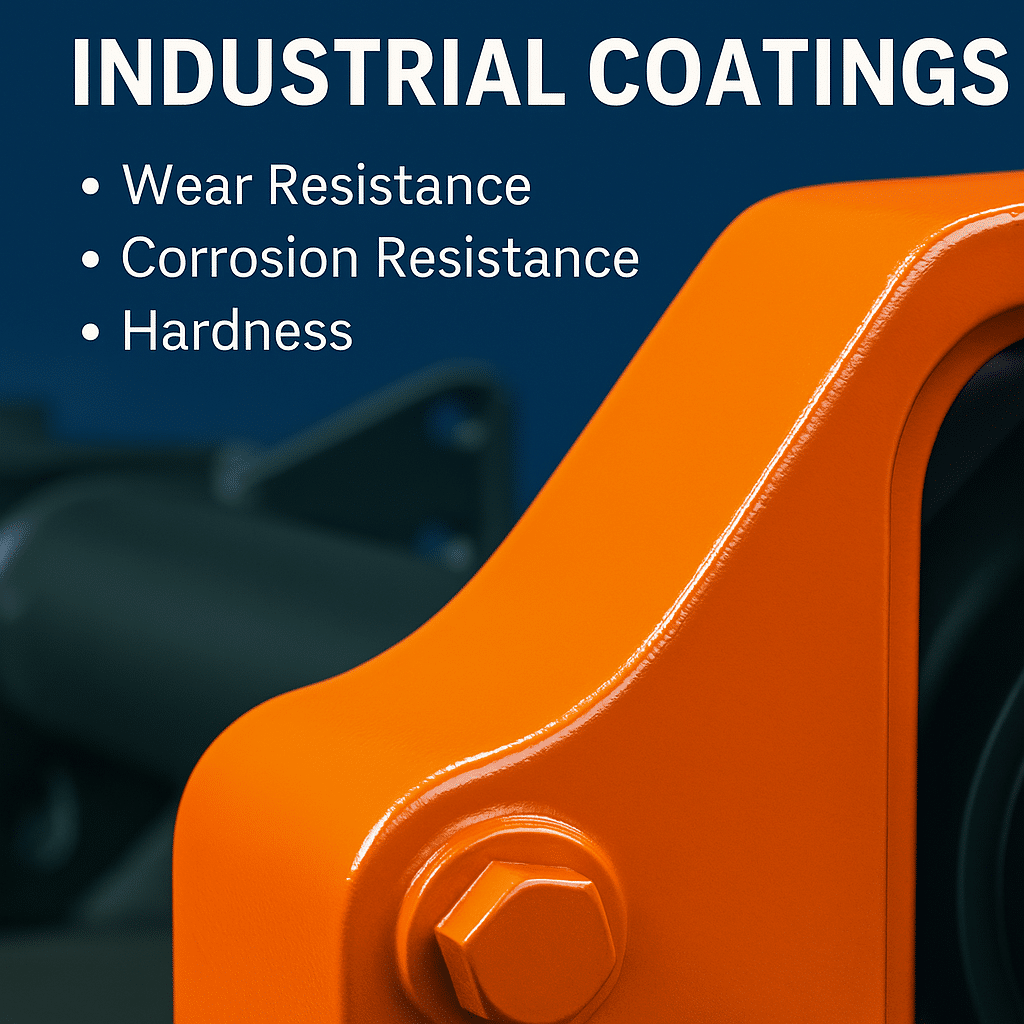Thermosetting resin matrix, as the name suggests, is an interface definition for resin composites that are capable of undergoing a curing reaction during heating to form a three-dimensional network structure. These resins are irreversible after curing, i.e. they do not soften or melt when heated again, but remain in their original cured state. Common thermosetting resin matrices include phenolic resins, epoxy resins, and unsaturated polyester resins. Phenolic resin is widely used in electrical appliances, aerospace and other fields because of its good heat resistance, insulation and flame retardancy; epoxy resin is used in coatings, adhesives, electronic filling composite materials interface definition sealing and other fields because of its excellent adhesion, mechanical properties and chemical stability; unsaturated polyester resin because of its simple molding process, low cost and is used in glass fiber reinforced plastics products, artificial marble and other products. Unsaturated polyester resin is used in the production of FRP products, artificial marble and other products because of its simple molding process and low cost.

In contrast to thermoset resin matrix, thermoplastic resin matrix undergoes melt flow when heated and re-solidifies upon cooling, a process that is reversible. As a result, thermoplastic resin matrices have good processability and reusability. Common thermoplastic resin matrices are polyethylene, polypropylene, polyamide, polycarbonate, and other composite materials that define the interface. Polyethylene is used in pipelines, wires and cables because of its good chemical resistance, water resistance and electrical insulation; polypropylene is used in packaging materials, automotive parts and other fields because of its low density, high strength and good processing performance; polyamide (nylon) is used in the production of bearings, gears and other mechanical parts because of its excellent abrasion resistance, self-lubrication and oil resistance; polycarbonate is used in the production of mechanical parts because of its high transparency Polycarbonate is used in the production of mechanical parts such as bearings and gears because of its high transparency, high impact strength and good heat resistance; polycarbonate is used in the interface of optical composites to define instruments, electronic appliances and other fields.
When selecting resin matrix, it is necessary to consider the performance requirements of the material, processing conditions, cost and other factors. For example, for composite products that need to withstand harsh environments such as high temperatures and high pressures, thermosetting resin matrix should be selected to improve its heat resistance and stability; for products that need to be repeatedly processed or recycled, thermoplastic resin matrix should be selected to facilitate their processing and reuse.
In addition to the selection of the resin matrix itself, the interfacial compatibility between the interface definition of the resin matrix composite and the reinforcing material is also an important factor affecting the performance of the composite material. Good interfacial compatibility ensures effective bonding between the resin matrix and the reinforcement material, thus improving the overall performance of the composite material. Therefore, in practical applications, it is often necessary to modify the resin matrix, such as adding coupling agents and capacitance enhancers, to improve the interfacial compatibility between it and the reinforcing materials.
In addition, with the development of science and technology and the continuous improvement of material performance requirements composite materials interface definition, the research and development of new resin matrix is also deepening. For example, in recent years the rise of bio-based resin matrix, nanocomposite resin matrix and other new materials, environmental protection, performance optimization and other aspects of significant advantages for the development of composite materials injected new vitality.
In conclusion, the selection of resin matrix in composites has a decisive influence on the performance and application fields of composites. In practical application, the appropriate type of resin matrix should be selected according to the specific needs, and through the interface definition of composite materials through a reasonable process design and material modification means, give full play to the synergistic effect between the resin matrix and reinforcing materials, in order to prepare composite products with excellent performance and wide range of applications.
For more about epoxy resin for composite materials, please reach us at: sales@yqxpolymer.com or: +86-28-8411-1861.
Some of the illustrations are reproduced from the Internet, and the copyright belongs to the original author. If there is any infringement, please contact us for deletion.




